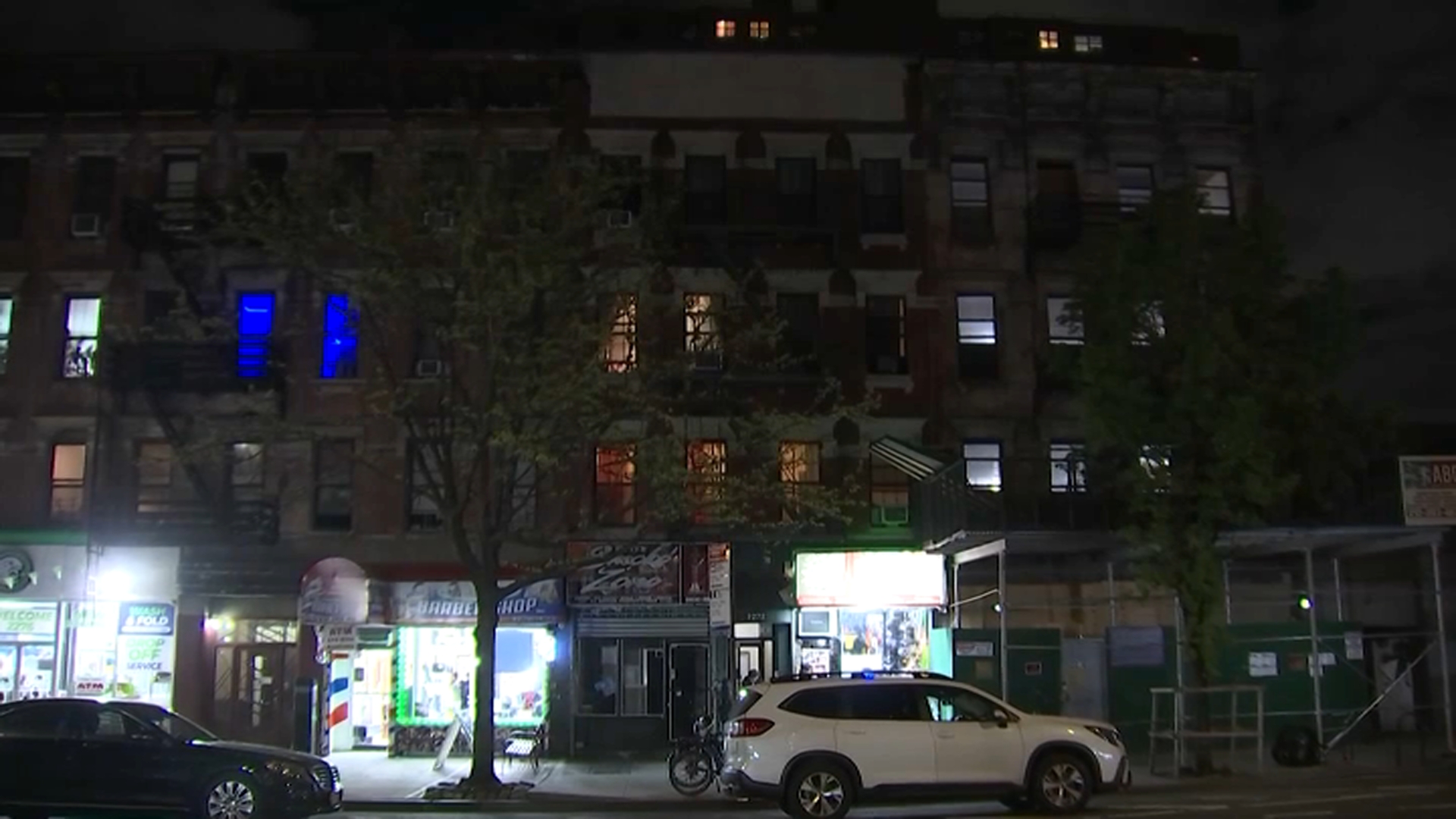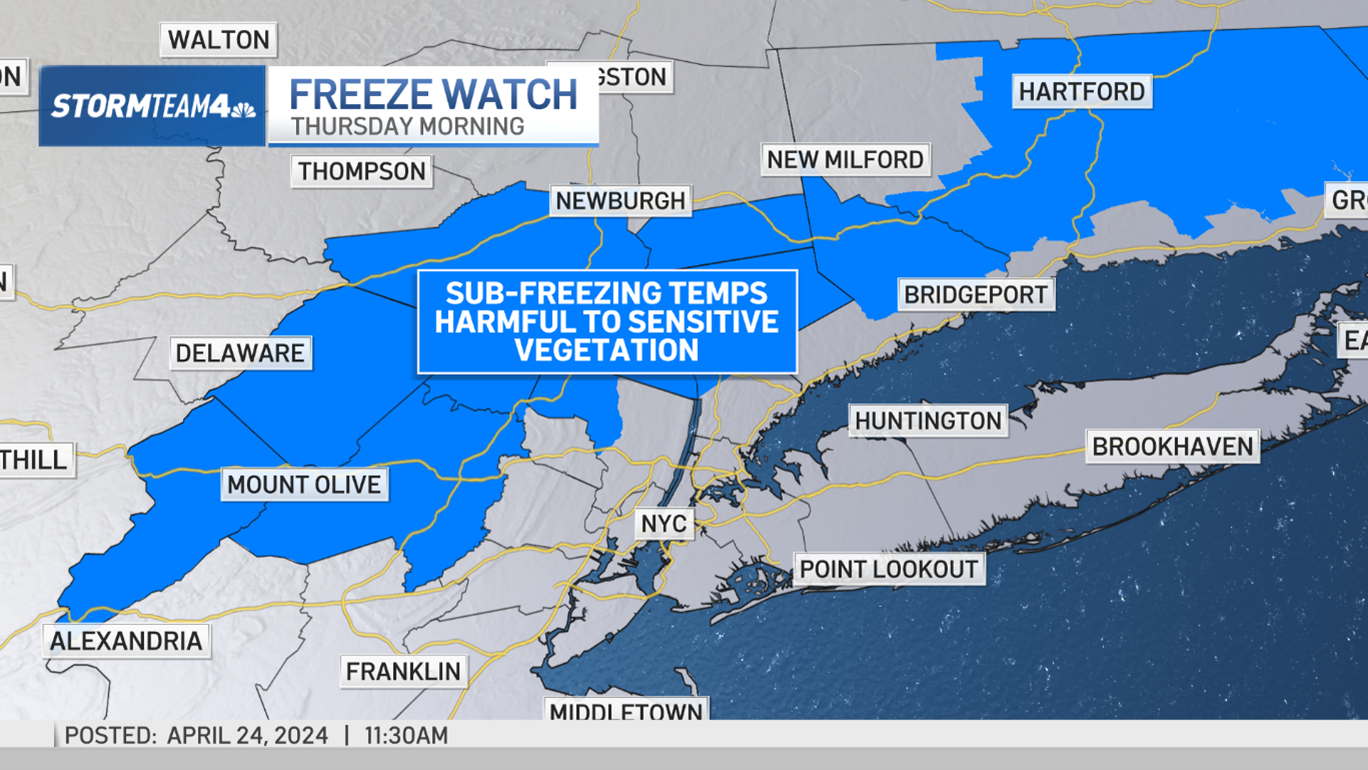New Yorkers paid $2.5 billion for a splashy new subway station built deep into Manhattan's bedrock near the edge of the Hudson River, but Mother Nature is putting a dampener on the depot's inaugural year.
Just six months removed from its grand opening, the station on the No. 7 subway line is suffering from water leaks that have discolored ceiling tiles and sent rivulets spilling down upon commuters as they ride escalator banks. During the winter, the drops hardened into long icicles.
Meanwhile, a few miles downtown, more vexing water leaks have contributed to delays in the opening of an underground shopping mall built within a $3.9 billion commuter train terminal beneath the World Trade Center complex.
Civil engineers say the problems at the two sites illustrate the challenges of keeping water out of subterranean projects built below the water table.
"Water is always going to seep and water is always going to seek the lowest level and it's always going to find its own path," said Robert Paaswell, distinguished professor of civil engineering at the City College of New York. "If there's a tiny crack anyplace, water is going to find it."
Still, the fact that water found a way into two of the most expensive train stations in city history has drawn lots of eye rolls from passengers and frustrated officials in charge of the projects.
"It shouldn't be trial-and-error for $2 billion," said Jonathan Ballan, a member of the board of the Metropolitan Transportation Authority, which operates the city's subway system and oversees the new Hudson Yards station on the No. 7 line.
Local
Officials have blamed the leaks on work performed by a subcontractor, Yonkers Contracting Company, which said it was working with the MTA to resolve the issues.
Michael Horodniceanu, the president of the MTA's Capital Construction division, said at a recent meeting that officials became aware of the leaks in the No. 7 subway station in 2012, when it was still under construction, and had directed contractors to address them. Contractors will now try a new method to keep the water out, he said.
The MTA said Yonkers will cover the cost of repairs, estimated at $3 million.
The Port Authority of New York and New Jersey, which owns the World Trade Center site, had blamed the water leaks at the new transit hub there partly on water continuously sprayed by contractors to control dust related to construction. Officials have said the leaks were significantly reduced last fall.
The station's architectural crown, a soaring hall called the Oculus, opened earlier this month, but the shops and restaurants will not open until at least this summer.
Dan Stapleton, a principal and senior vice president at GZA, an engineering and construction consulting firm, explained the challenge of keeping water out of underground chambers. It is harder, he said, than protecting the roof of a building above ground.
"It's a function of the pressure the water is exerting," he said. "The deeper you go below the water table, those pressures get higher and higher," he said. And if there's a crack, or an opening, "you're going to get a greater impact if you're applying water under pressure than not."
Leaking water has also been a challenge in Boston's Big Dig project, a network of costly tunnels that replaced an elevated highway and added tubes across the city's harbor.
The agency that controls those tunnels spends millions of dollars a year pumping out water, which in some winters has left the walls of the tunnels caked in frozen ice and once forced a temporary road closure. Leaks of salt water have also corroded electrical systems, and in one case caused a heavy light fixture to crash into the roadway.
"Engineers find these problems a challenge and they have ways to meet the challenge, but meeting it is expensive, takes constant monitoring and constant repairs," said Paaswell. "Especially with our infrastructure, the frustration is the need for repairs and recognizing it are in conflict with the budget."



